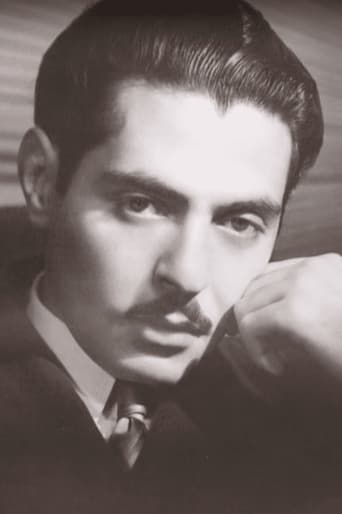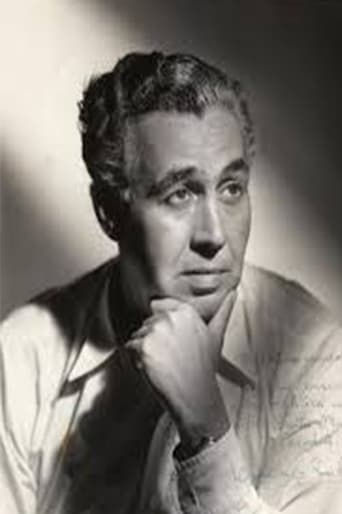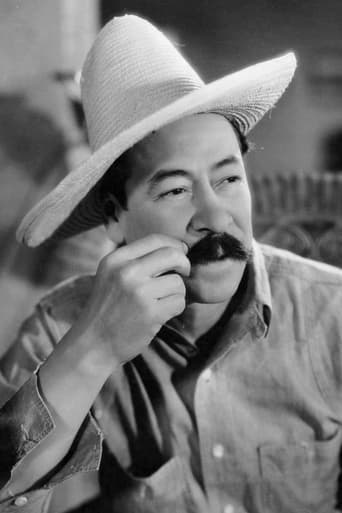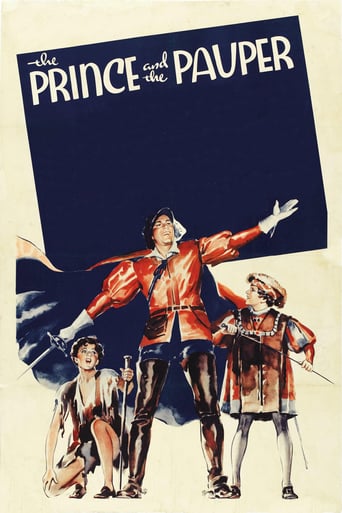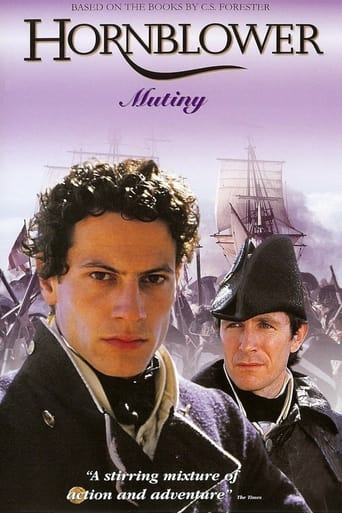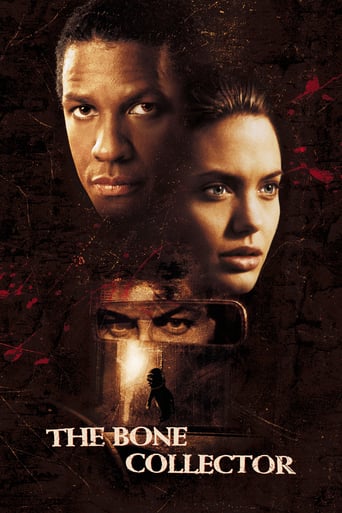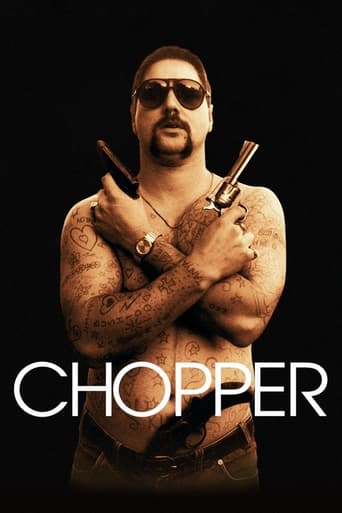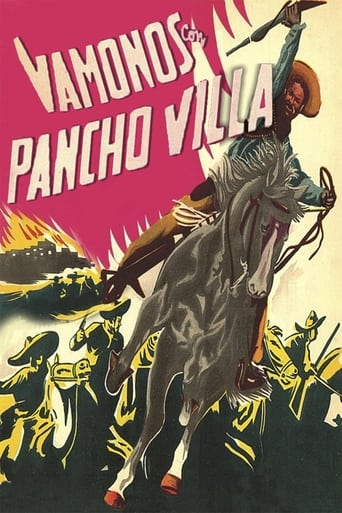
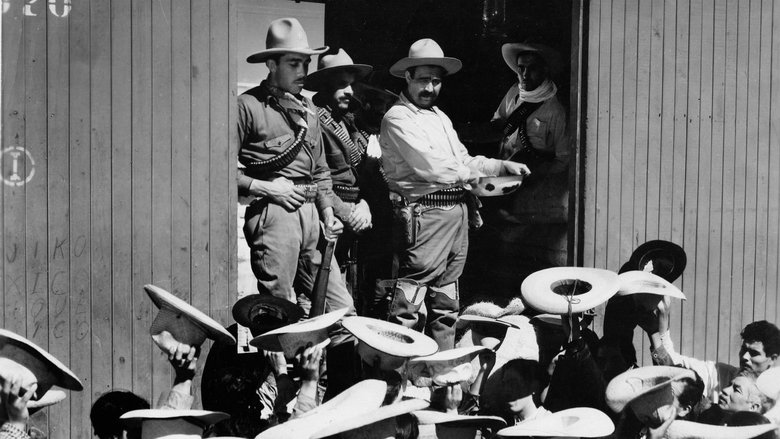
Let's Go with Pancho Villa! (1936)
The 1910 Mexican Revolution is on its way when six brave peasants, known as "Los Leones de San Pablo", decide to join Pancho Villa's army and help end the suffering in their community by assisting in the struggle. Together, they will endure the tragedies and hardships of a civil war.
Watch Trailer
Cast
Similar titles
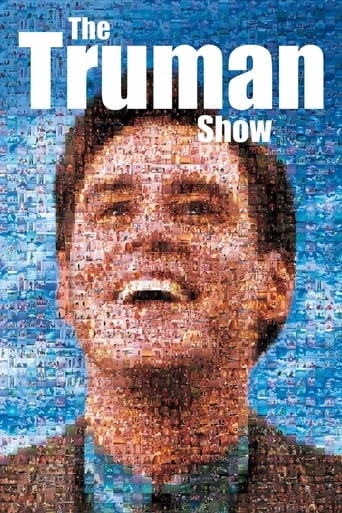

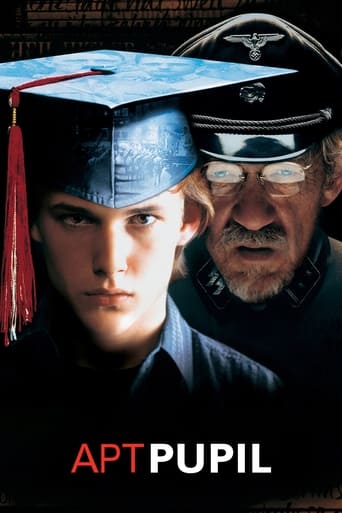

Reviews
I love this movie so much
Don't listen to the negative reviews
There is, somehow, an interesting story here, as well as some good acting. There are also some good scenes
Great example of an old-fashioned, pure-at-heart escapist event movie that doesn't pretend to be anything that it's not and has boat loads of fun being its own ludicrous self.
I was lucky enough to watch this film on TV and the digitally mastered and renewed version on DVD produced by the UNAM (Mexico's Autonomous National University) finishes when Tiburcio is left after he shot Becerrillo because he suffered from measles. Villa fears Tiburcio because he believes he has measles, too, and tells him to wait there, but Tiburcio walks along the railroad.Then, in the TV version I watched, after this Tiburcio returns home and goes back to his peasant life, but Villa finds him and tells him to join the army again. Tiburcio declines because he says he needs to take care of his family and that is the only thing worth in his life. Villa says nothing and enters another room where Tiburcio's wife and children are and he shoots them, believing that now Tiburcio will rejoin his ranks, but the peasant gets a gun and tries to kill Villa, but his escorts prevent that by shooting Tiburcio. After that, Villa says it is too bad that such a good warrior did not want to continue struggling and leaves that house.
1936 proved to be a defining year in Mexican director Fernando De Fuentes' career, as it was the year when he released the two most important movies of his career: the musical comedy "Allá en el Rancho Grande", and the war drama "Vámonos con Pancho Villa". Two very different movies whose results defined the future of De Fuentes' work. The last one to be shot, but the first to be released, "Allá en el Rancho Grande" became the most successful Mexican movie as the time, breaking box office records and receiving praise across the globe. On the other hand, the last par of his Revolution trilogy, "Vámonos con Pancho Villa", suffered a troubled shooting and awful reception at box office. These results would make De Fuentes to decide to focus on commercially successful movies from now on, however, time has proved that while a commercial failure, "Vámonos con Pancho Villa" was De Fuentes' true masterpiece about the Revolution.The movie is the story of Tiburcio Maya (Antonio R. Frausto), Melitón Botello (Manuel Tamés), Miguel Ángel del Toro (Ramón Vallarino), Martín Espinosa (Rafael F. Muñoz) and the Perea brothers (Raúl De Anda and Carlos López), six very good friends who one day decide to participate in the Mexican Revolution by joining the forces under the command of General Pancho Villa (Domingo Soler), considered a hero by the group. Fighting alongside their hero, the gang begins to be noticed as a very skilled and brave team (earning the nickname of "Lions of San Pablo"), but while very exited at first, as the war goes on the gang begins to discover that war is not as glorious and fair as they thought it was, that courage and honor worth nothing in the battlefield, and that even history's greatest heroes can have very inhuman traits.Based on a novel by Rafael M. Muñoz (who experienced Revolution first hand and also played a role in the film), the movie was written by Fernando De Fuentes himself with the collaboration of poet Xavier Villaurrutia. In a very straight forward fashion, the story follows the six friends and their misadventures fighting against the Federal government alongside one of the many Villa's squadrons. While De Fuentes' use of the six characters as one collective hero indeed does sacrifice some character development, he makes sure to establish a distinct personality for everyone to make up for that. Once again De Fuentes takes a critic position on the Revolution and instead of glorifying the war, he shows it as a corrupting hell where people is used like mere objects by those commanding the armies.Film critic A.O. Scott once called De Fuentes "the Mexican John Ford", and this movie is quite probably the reason behind his statement. Finally working with a good budget, De Fuentes does an amazing job in recreating life during the Revolution complete with really good choreographed battles and an extensive care for historical accuracy. Visually, the film is a joy as De Fuentes' care for realism is wonderfully captured by the cinematography of the legendary Gabriel Figueroa (in of his first jobs) which together with De Fuentes' masterful domain of the montage techniques form a powerful and crude portrait of the war. In spite of the great technical merits of the movie, De Fuentes keeps the film focused on his characters and the crumbling of their ideals, effectively portraying the human side of the conflict.In one of this earliest roles, legendary actor Domingo Soler plays the man himself, Pancho Villa, and as the general, Soler delivers a terrific performance that truly humanizes the figure of the general, avoiding myths and portraying him with all his virtues and flaws. While the "Lions of San Pablo" are our collective hero, some have more prominence than others. Antonio R. Fraustro makes an excellent job in his performance as Tiburcio Maya, the leader of the "Lions" and the one who idolizes Villa the most. Manuel Tamés is simply perfect as the funny Melitón Botello, showing not only his talent for comedy, but also a powerful dramatic presence. Ramón Vallarino plays "Becerrillo", the youngest of the gang, and while struggles a bit, doesn't do a bad job. The rest of the cast has lesser screen time, but there are good performances by Carlos López "Chaflán" and a very young Raúl De Anda.At the time of its release, "Vámonos con Pancho Villa" was completely overshadowed by De Fuentes' other movie, as the public preferred the uplifting musical comedy over the grim and dark meditation on the war. The harsh criticism De Fuentes makes about the revolutionaries and the figure of Pancho Villa (who is shown as a man far from the heroic ideal) didn't help in this matter, and the movie ended almost forgotten. However, "Vámonos con Pancho Villa" is truly a monumental epic that shows the talent of De Fuentes as a director able to portray introspective human drama in an epic adventure, pretty much on the level of John Ford and Sam Peckinpah. Of course, when compared to his previous movie, "El Compadre Mendoza", the plot may seem simplistic, but De Fuentes never lets his story get boring or tiresome.While many critics consider "El Compadre Mendoza" as De Fuentes' best movie, personally I think that "Vámonos con Pancho Villa" is the movie where his style is at its best as everything just fits nicely with his vision of the Revolution. Sadly, the poor results of the film almost ended De Fuentes' career, so he spent his following years making commercially successful movies without caring too much for the art. Still, this movie is a fitting ending for his Revolution trilogy, and a fitting closure to the first era of Mexican sound films as this film inaugurated the "Golden Age of Mexican Cinema". 10/10
Vamonos con Pancho Villa is officially considered as the best movie ever made in Mexico. I personally do not agree to it but these are the facts from the Mexican Cinematography Industry Council. Revolutions, or any war for that manner are never nice happenings. Revolutions/wars imply the fact that many suffer to achieve an ultimate goal of a better life for all involved. In this movie that is exactly what goes on. A group of peasants, tired of the way they are treated by a few powerful owners of the wealth in Mexico, decide to get up in arms against them. There are 2 major leaders of this Revolution that started in 1910. Emiliano Zapata in the South, and Pancho Villa in the North. This movie tells the story, one of hundreds that have been told, about a group of peasants that join Villa's army. The crude scenes that are seen in the movie are just a pale reflection of what happened in those times. The movie, with all the technical limitations of the times(1935)is a magnificent work of art.
The version of "Let's Go with Pancho Villa" shown recently on cable's Turner Classic Movies lacks the ending described by Sr. Maza in his plot description. Is there a longer version of the film available? (The TCM version ran right about the 92 minutes cited in the IMDb listing.)This film contains a few impressive re-creations of battles from the Mexican Revolution, but the central story of six friends who join the revolutionary forces of Pancho Villa is rather episodic and eventually just peters out. Villa (Domingo Soler) appears in a few scenes, and he certainly is no comical caricature like the one created by Wallace Beery in "Viva Villa!" a couple of years earlier; but there is little sense of Villa's leadership or other qualities that made him such a major hero of the Revolution. The six principal characters are largely stereotypes -- the callow youth, the comic relief, the wise older man -- and only a few really emerge as individuals. As one might expect in a war film, some of the principal characters die, though some in unexpected ways. Only one survives, and he simply quits and goes home. "Fin."This film may have lacked the ending described in Sr. Maya because of budgetary reasons, but more likely because the filmmakers did not wish to offend Villa's numerous followers and admirers who were still living when the film was released (the general was assassinated in 1923, a few years after the Mexican Revolution ended). The conclusion really has a feeling of the filmmakers just grinding to a halt -- very disappointing.I can't recommend this film very highly except for those interested in historical films or Mexican film history. Despite ambitions for an epic, the makers of "Let's God With Pancho Villa" ended up with little more than a glorified buddy movie that just stops dead.
